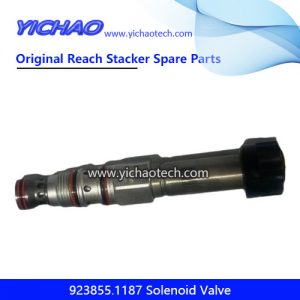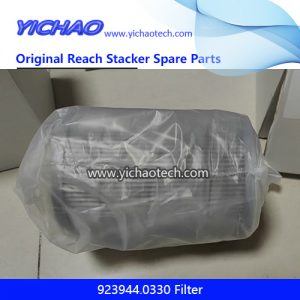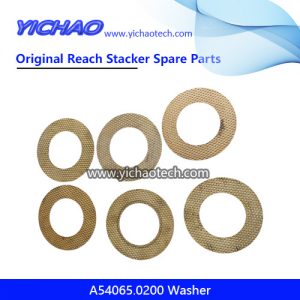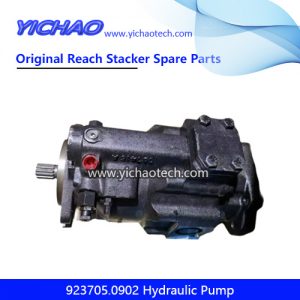Quick Repair of Kalmar DRU450 Reach Stacker Engine Coolant Alarm
Kalmar has launched rapid repair failure cases for many years, helping customers solve various equipment failures and reducing equipment downtime. Kalmar will continue to launch quick maintenance failure case sharing on various social platforms this year, and will also publish some technical seminars to help customers and maintenance personnel solve intractable diseases, popularize locomotive technical theory, and further help customers improve productivity.
What we will share is a quick repair of the DRU450 Reach Stacker Engine Coolant Alarm.
Description of failure
A Kalmar DRU450 reach stacker had an alarm during normal operation, and Kalmar maintenance engineers were on site to deal with it.
Troubleshooting
During on-site maintenance and inspection, it is confirmed that the locomotive alarm is an engine “STOP” level alarm. This fault level indicates a serious functional failure that may endanger the safety of operators or cause the reach stacker to fail to work, and the failure needs to be dealt with immediately.
According to the measures in the fault code table, check the locomotive coolant and find that the coolant level of the locomotive expansion water tank is lower than the normal requirement.
Further inspection of the water pipes of the locomotive revealed water seepage at the joints of the heater pipes. After tightening the water pipe joints, wipe off the water stains, and add special coolant (Volvo VCS yellow label coolant part number: J00597.0100) as required. The fault still exists during the test run.
Further inspection and measurement of the locomotive coolant level sensor found that the two pins of the liquid level sensor are normally connected. According to the electrical schematic diagram of the locomotive, the switch is opened when the coolant level is normal, and closed when the coolant level is too low, and a 24VDC signal is sent to the Volvo engine control unit (D7940).
This vehicle liquid level sensor uses a magnetic liquid level switch. Its working principle is: a switch device induced by a magnet. The switch is a dry reed switch. The float ball has a built-in soft magnetic reed, which is a contact switch Electronic components; the rise or fall of the liquid level will drive the float ball to move together, so that the reed switch can be pulled in or disconnected, and a switch signal is output. (See how the coolant level sensor works below)
According to the working principle of the coolant level sensor, when the coolant level of the expansion tank is normal, the two pins of the sensor are measured, and they are normally connected. Then remove the sensor, make the float ball go away, measure the two pins of the sensor, it is still normal, and judge that the engine coolant level sensor is damaged.
Workaround
Replace the liquid level sensor with a new one and add antifreeze to eliminate the test failure.
Note: When installing the liquid level sensor, pay attention to the final installation position. The floating ball needs to be in the upper position. When dismantling, you can make a mark first, and then compare the old and new installations, so as to avoid human failure caused by wrong installation.
Case Summary
1. The fault codes of Kalmar Smart Series locomotives are greatly improved compared with earlier locomotives. The number of fault codes is more, and the content of faults covered is more clear. The coding method of fault codes is also quite different from the earlier locomotives, and the electrical part number is added. To express, you can understand the content of the fault code more clearly. Therefore, being proficient in the coding rules of the fault codes of the smart selection series locomotives, and learning to use the fault code table to query the fault information when a fault code occurs, will help us to lock the fault point more efficiently.
2. When overhauling different parts, it is necessary to understand its working principle and structure, and to understand the relevant precautions to avoid unnecessary negligence causing human failure.






